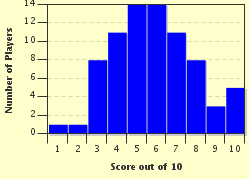Quiz Answer Key and Fun Facts
1. Three checkpoints in Germany were used by Western Allies during the latter half of the 20th century. Checkpoint Charlie was one, but what were the other two called?
2. Between which two dates was Checkpoint Charlie operational?
3. "You are leaving the American sector" was boldly written on the sign as you approached Checkpoint Charlie to enter East Berlin. What did the sign say coming the opposite way?
4. A long section of the Berlin Wall, which passed by Checkpoint Charlie, was made from two concrete walls with a wide gap between them. The gap become known by what name?
5. With an ornamental stone creature displayed on its frontage, what was another name for Cafe Adler, the place where spies and diplomats would meet in full view of Checkpoint Charlie?
6. On 22nd October, 1961, there was a showdown between two nations tanks on either side of Checkpoint Charlie. Which two nations were involved?
7. On 10th February 1962, American student Frederic Pryor was simultaneously exchanged with Russian spy, Rudolf Abel, at two different locations in Berlin. Checkpoint Charlie was one location, but what was the other called?
8. Many people attempted to escape from East to West Berlin, either through many of its checkpoints, or over the wall itself. How did Heinz Meixner escape on 5th May 1963?
9. What was the name of the 18-year-old German bricklayer shot dead by guards while attempting to escape across the wall near Checkpoint Charlie on 17 August, 1962?
10. If you visit Checkpoint Charlie today, you will see a large statue above the guardhouse of President John F Kennedy holding a doughnut. This was to commemorate a visit he made on 26th June 1963.
Source: Author
Plodd
This quiz was reviewed by FunTrivia editor
bloomsby before going online.
Any errors found in FunTrivia content are routinely corrected through our feedback system.
